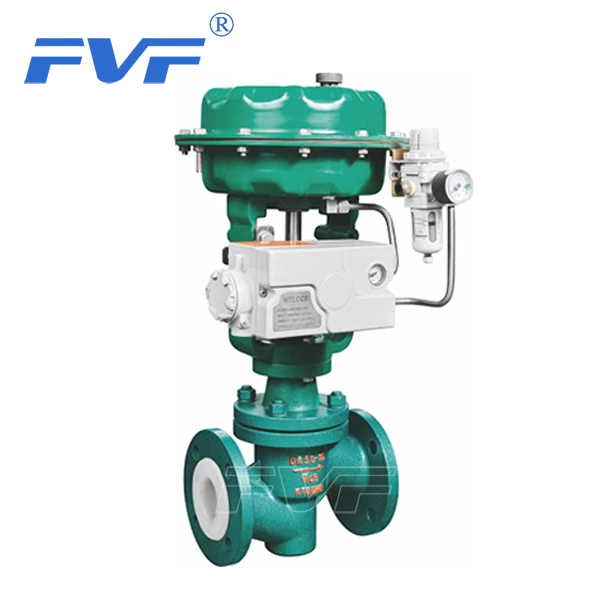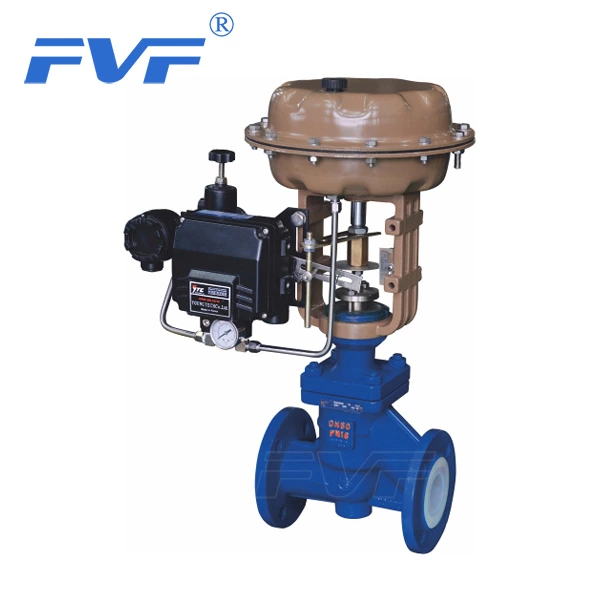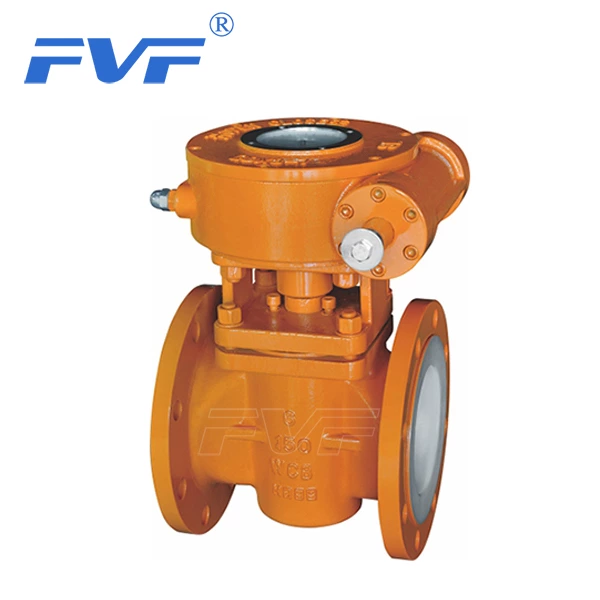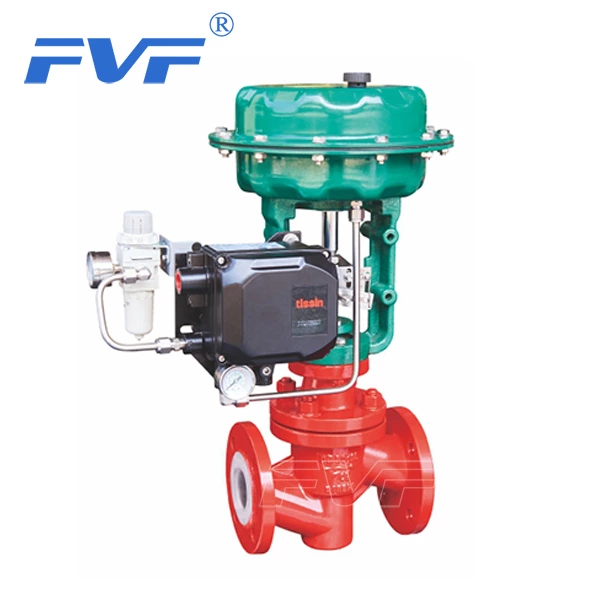How To Deal With The Stuck Or Blocked Regulating Valve
Cleaning method
When impurities such as welding slag, rust, and slag in the pipeline accumulate in the throttle, guide part, or balance hole of the lower valve cover, causing scratches, strains on the valve core curved surface, guide surface, or indentations on the sealing surface, this fault is particularly common, especially in the early stage of commissioning a new system or after overhaul. At this time, the regulating valve should be disassembled for thorough cleaning to remove all impurities. If the sealing surface is damaged, it is also necessary to grind and repair it. At the same time, the bottom plug should be opened, and the slag that falls into the lower valve cover from the balance hole should be flushed out with the medium, and the entire pipeline should be thoroughly flushed. Before re-entering operation, Lined Control Valve needs to be fully opened to allow the medium to flow for a period of time to ensure that the system is unobstructed before switching to normal operation.
External flushing method
For media that are easy to precipitate or contain solid particles, in order to prevent them from being blocked at the throttle or guide, a gas or steam pipeline for flushing can be connected to the bottom plug of the lower valve cover. When the regulating valve is blocked or stuck, just open the external flushing valve to complete the cleaning work without moving the regulating valve body and restore the normal operation of the valve.
Install pipeline filter method
For small-diameter regulating valves, especially ultra-small flow regulating valves, the throttling gap is extremely small and the tolerance for impurities in the medium is extremely low. To prevent clogging, a high-precision filter can be installed on the pipeline in front of the valve to ensure that the medium is clean and passes through the regulating valve smoothly. For regulating valves used with positioners, blockage of the throttling port of the positioner gas path is also a common problem. Therefore, an air filter pressure reducing valve needs to be installed on the gas source pipeline in front of the positioner to ensure that the gas source is pure and the positioner works normally.
Increase throttling gap method
When solid particles in the medium or welding slag, rust, etc. in the pipeline cannot pass through the throttling port, it is easy to cause the regulating valve to be blocked or stuck. At this time, you can consider replacing the throttling parts with larger throttling gaps, such as valve cores or sleeves with window-opening and opening designs. These throttling parts can significantly reduce clogging because their throttling areas are concentrated rather than distributed circumferentially. For single-seat or double-seat valves, it is also possible to consider changing the plunger-shaped valve core to a "V"-shaped valve core or sleeve valve.
Medium flushing method
Using the flushing energy of the medium itself to remove impurities that are easy to precipitate and clog is an effective way to improve the anti-blocking function of the control valve. Specific methods include changing the control valve to a flow-closed type, adopting a streamlined valve body design, or placing the throttle port in a place with severe scouring. However, it is necessary to pay attention to improving the erosion resistance of the throttling material to cope with the wear caused by medium scouring.
Straight-through to angle method
The flow path of the straight-through control valve is complex, and there are many dead zones in the upper and lower cavities, which is easy to cause medium precipitation. In contrast, the media flow path of the angle-connected control valve is simpler, the flushing performance is good, the dead zone is small, and it is easy to design it into a streamlined shape. Therefore, when the straight-through control valve is slightly blocked, it can be considered to be changed to an angle valve to improve the stability and reliability of the system.







